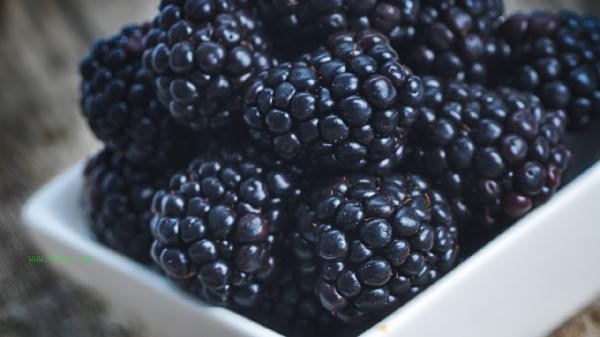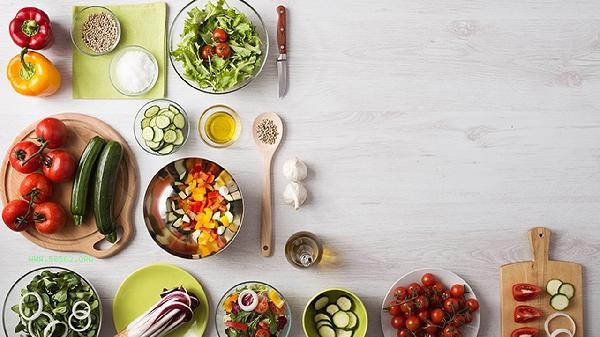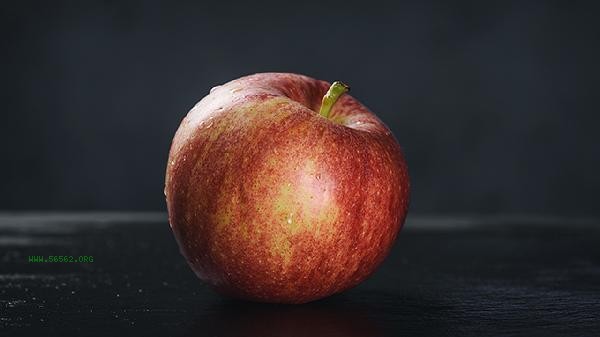The key to avoiding damage when sending fruits is to choose varieties that are resistant to transportation, use cushioning packaging materials, control temperature and humidity environments, shorten transportation time, and avoid extreme weather conditions. There are mainly foam box shockproof, ice bag fresh-keeping, vacuum packaging, layered isolation, anti pressure outer box and other methods.

1. foam box shockproof
Fruits with high hardness, such as apples and oranges, can be fixed with foam boxes. 2 cm thick pearl cotton cushion is laid around the box, and corrugated cardboard is used to separate the fruits. The foam box has strong compression resistance and can effectively cushion the collision damage caused by bumps during transportation. It is suitable for mailing litchi, longan and other easily threshed fruits.
2. Ice Bag preservation
Delicate fruits such as strawberries and cherries should be paired with biological ice packs for temperature control. The ice packs should be wrapped in absorbent paper and placed in the interlayer of the box to maintain a low temperature environment of 4-8 ℃. Note that ice packs should not come into direct contact with fruits to prevent frostbite. A 200g ice pack per kilogram of fruit can maintain freshness for 48 hours.
3. Vacuum Packaging
Berries such as grapes and blueberries are suitable for single fruit vacuum packaging. They can be sealed with food grade PA/PE composite film after vacuum pumping, which can isolate oxygen and delay spoilage. After vacuum packaging, fruits need to be placed in hard containers to avoid packaging breakage during transportation. This method can extend the shelf life of waxberries by 3 days.

4. Layered isolation
Post ripe fruits such as mangoes and kiwis should be placed in layers when mailed, with each layer covered with rice husks or sawdust to absorb moisture. Fruits of different maturity levels should be packaged separately. Place relatively young fruits on the upper layer, and soon to ripen fruits on the lower layer. Utilize ethylene gas to naturally ripen and reach the optimal edible state upon arrival.
5. Anti pressure outer box
Choose a five layer corrugated cardboard box and label it with a fragile label on the outside. The box size should be 5 centimeters larger than the contents to leave a buffer space. Durian, jackfruit and other thorny fruits need to use thickened cartons, and corners are reinforced with corner guards. Before transportation, a 1.5m drop test is carried out to ensure compression resistance. Before shipping, fruits with scars should be removed. Tropical fruits such as bananas should be kept at a temperature of 13 ℃ or above to prevent cold damage. Citrus fruits can be coated with food grade beeswax to reduce water evaporation. It is recommended to choose direct logistics and purchase transportation insurance. Upon arrival, immediately open the box and ventilate to remove spoiled fruits and prevent cross infection. For fruits that require post ripening, ethylene absorbents can be used to delay ripening. When shopping for fruits online, it is recommended to choose direct delivery from the place of origin to shorten the supply chain.









Comments (0)
Leave a Comment
No comments yet
Be the first to share your thoughts!